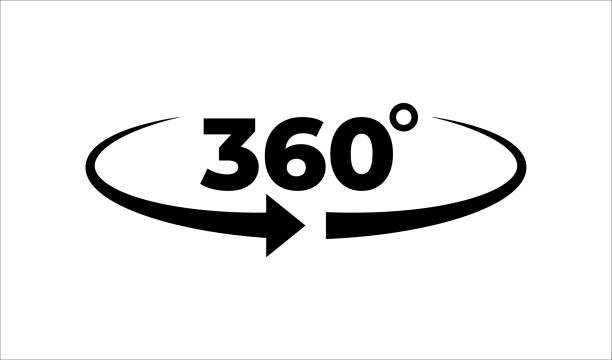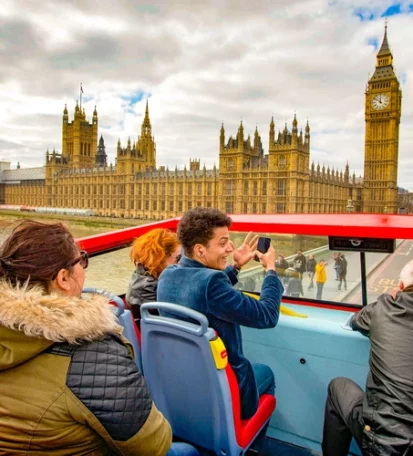Tips
What are 360 Spin Images and How Do They Boost Online Engagement?

360 spin images are interactive visuals that allow users to rotate a product digitally, viewing it from multiple angles. They are created by photographing an item in a series of increments and stitching these images together to form a seamless 360-degree view. This immersive experience helps online shoppers examine products more closely and make confident purchasing decisions.
Retailers across various sectors use 360-degree views by professionals such as StylePhotos to enhance their product listings, helping customers feel more connected to the items they consider buying. This technology bridges the gap between physical and online shopping, making virtual browsing far more informative.
Understanding 360 Spin Images
360 spin images allow users to view products from every angle by rotating them interactively. They combine multiple photos or 3D renderings into one seamless view. This technology enhances product visibility and helps customers make informed decisions.
Key Features
360 spin images are a sequence of photographs of a product taken from multiple angles and digitally stitched together. The result is an interactive image that users can rotate to see the item in full 360 degrees.
Key features include:
- Smooth rotation controlled by the user
- Multiple frame counts, typically 24, 36, or 72 images
- High-resolution detail from all visible sides
- Compatibility with mobile and desktop devices
This format mimics the in-store experience by letting users inspect products virtually, increasing trust and reducing uncertainty.
How 360 Spin Images Work
Creating a 360 spin image starts with photographing the product on a turntable or with a rotating platform. Cameras capture images at regular intervals as the product turns. These images are then uploaded to software that compiles them into a single, interactive file.
Users interact by dragging or swiping to rotate the product. The experience is fluid if the images are uniform and precisely aligned. This precision helps avoid jumping or flickering during rotation.
Software controls frame transitions and allows embedding on e-commerce sites. Unlike videos, these images load faster and offer complete control over viewing angles.
Types of 360 Spin Images
There are two main types:
- Photographic 360 Spins
Composed of real photos taken in controlled environments. They provide accurate colour and detail, best for tangible products with complex textures. - 3D Rendered Spins
Created using computer-generated models that can be programmed to rotate in real time. This method suits products not physically available or those requiring customisation options.
Both types serve different needs but share the goal of improving engagement by offering comprehensive product views. Photographic spins are more common in retail, while 3D renders are often used in industries like automotive or virtual prototyping.
How 360 Spin Images Boost Online Engagement
360 spin images provide a dynamic way for customers to explore products in detail. They impact user behaviour by encouraging interaction, increasing the time spent on product pages, and positively influencing purchase decisions through greater confidence.
Enhancing User Interaction
360 spin images allow users to rotate products and view them from multiple angles in real time. This interactive feature simulates the experience of physically handling an item, letting customers inspect details like texture, design, and features.
By giving control over the viewing experience, users engage more deeply with the product. This active participation helps capture attention and often leads to increased interest compared to standard static images.
This feature also reduces uncertainty by showing the product as it truly is, which lowers hesitation and builds trust in the purchase.
Increasing Time on Page
Interactive 360 spin visuals naturally extend the time users stay on a product page. Shoppers often spend longer examining products when they can manipulate views themselves.
Longer engagement provides more opportunity to absorb key details, which can influence buying decisions. Pages with higher time on site also signal relevance and quality to search engines, potentially aiding SEO.
This increased attention reduces bounce rates and encourages exploration of related products, enhancing overall site performance.
Improving Conversion Rates
360 spin images help reduce return rates by giving customers a clearer understanding of the product before buying. Seeing an object from all sides helps minimise surprises upon delivery.
The enhanced clarity and confidence gained through these visuals translate into higher conversion rates. Customers who feel assured about what they are purchasing are more likely to complete a transaction.
Studies show that 360 spin images can measurably increase sales, particularly for complex or high-investment items where detailed inspection is critical.
Frequently Asked Questions
How can rotating images enhance the online shopping experience?
Rotating images give customers control over product viewing, simulating an in-store inspection. This reduces uncertainty and answers visual questions that static photos cannot, improving confidence in the product.
It also increases user interaction time on a product page, keeping shoppers engaged longer. This engagement can lead to a higher likelihood of purchase.
What technology is typically used to create interactive 360-degree product views?
Typically, multiple photographs taken at fixed intervals around the product are combined to create a seamless rotation effect. More advanced approaches use 3D rendering or augmented reality for real-time manipulation.
Software then stitches these images to allow smooth interactive spinning on websites or apps. Certain AI tools can automate image processing for faster production.
In what ways do spin images influence customer purchase decisions?
They provide a comprehensive and transparent view of products, which reduces hesitation. Customers are more likely to trust that the product matches descriptions and images.
This level of detail lowers doubts about fit, features, and finish, increasing the chance of completing a purchase. It also differentiates products from competitors using standard images.
Are there specific industries that benefit more from the use of 360-degree photography?
Industries selling products that rely heavily on appearance, detail, or function see greater benefits. This includes fashion, electronics, furniture, and automotive sectors.
Products with complex design or features, or those that customers prefer to examine before buying, gain more from spin images. Simple or commodity items see less impact.
What best practices should businesses follow when implementing spin photography on their websites?
Businesses should ensure high-resolution images with consistent lighting around all angles. The product background should be neutral to keep the focus clear.
It is important to optimise load times and usability across devices, keeping navigation intuitive. Labeling or zoom features can further aid customer examination.
How does interactive imagery contribute to reducing product return rates?
By providing a detailed, reliable view, customers have clearer expectations of the product before purchase. This reduces mismatches between expectation and reality.
Fewer surprises on delivery lead to higher satisfaction and lower return frequency. Interactive imagery helps filter out uncertain or exploratory buyers, focusing on informed customers.




